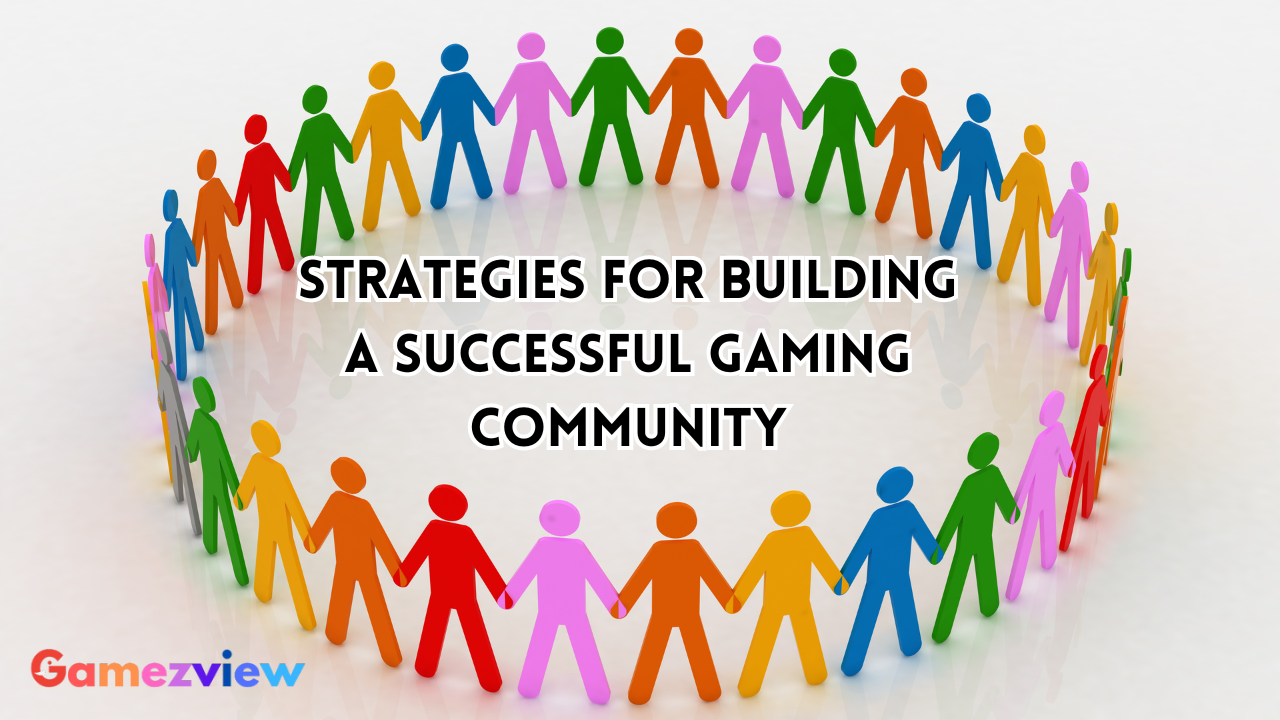Augmented Reality (AR) games represent an exciting fusion of virtual worlds and real-world environments, offering players immersive gaming experiences unlike anything seen before. By overlaying digital elements onto the physical world, AR games blur the lines between reality and fiction, inviting players to explore, interact, and engage with their surroundings in new and innovative ways. In this article, we delve into the world of augmented reality games, exploring their technology, gameplay mechanics, and impact on the gaming industry.
1. Understanding Augmented Reality Technology
Augmented reality technology combines computer-generated imagery with real-world environments, typically viewed through a smartphone or wearable device. Unlike virtual reality, which immerses users in entirely virtual worlds, AR enhances the real world by adding digital elements such as characters, objects, or information overlays. AR games utilize a device’s camera, sensors, and GPS to track the user’s location and surroundings, enabling interactive experiences that seamlessly blend virtual and physical elements.
2. Evolution of AR Gaming
AR gaming has evolved significantly since its inception, driven by advancements in technology and increasing demand for immersive experiences. Early AR games, such as Niantic’s “Ingress” and “Pokémon GO,” introduced players to the concept of location-based gaming, where real-world landmarks and points of interest serve as interactive elements within the game. As technology has improved, AR games have become more sophisticated, offering richer graphics, deeper gameplay mechanics, and enhanced social features.
3. Gameplay Mechanics in AR Games
AR games leverage a variety of gameplay mechanics to engage players and encourage exploration. Some common features include:
- Geolocation-based Gameplay: AR games often incorporate real-world maps and GPS data to create virtual environments that mirror the player’s physical surroundings. Players must navigate their surroundings to discover points of interest, complete objectives, or engage with other players.
- Object Interaction: AR games enable players to interact with virtual objects overlaid in the real world, such as collecting items, solving puzzles, or battling opponents. These interactions add depth and immersion to the gameplay experience.
- Social Features: Many AR games incorporate social features, such as multiplayer modes, cooperative challenges, or player-versus-player battles, that encourage collaboration and competition among players.
- Progression Systems: To keep players engaged, AR games often include progression systems, such as levelling up, unlocking new abilities, or earning rewards, that provide a sense of achievement and advancement.
4. Impact on Physical Activity and Exploration
One of the defining features of AR games is their ability to encourage physical activity and exploration. By incentivizing players to move and explore their surroundings, AR games promote exercise, outdoor activity, and discovery. Games like “Pokémon GO” have been credited with getting players to walk millions of kilometres and visit real-world landmarks they may not have otherwise encountered. Additionally, AR games can foster a sense of connection to local communities by highlighting points of interest and encouraging social interaction among players.
5. Challenges and Considerations
While AR gaming offers unique opportunities for immersion and engagement, it also presents challenges and considerations for developers and players alike. Some common challenges include:
- Technical Limitations: AR technology is still evolving, and developers must contend with technical limitations such as device compatibility, battery life, and environmental factors that can impact gameplay.
- Privacy Concerns: AR games that utilize location data and real-world imagery may raise privacy concerns among players regarding data collection, surveillance, and safety.
- Content Creation: Designing compelling content for AR games requires a balance between virtual and physical elements, as well as considerations for accessibility, inclusivity, and cultural sensitivity.
- Community Management: Managing communities within AR games presents unique challenges, including ensuring fair play, preventing cheating, and fostering positive interactions among players.
6. Future Trends in AR Gaming
The future of AR gaming holds exciting possibilities, with developers exploring new technologies and experiences to push the boundaries of what’s possible. Some emerging trends to watch include:
- Wearable AR Devices: The development of wearable AR devices, such as smart glasses and headsets, could revolutionize the way players interact with AR games, offering more immersive and hands-free experiences.
- AR Cloud: The concept of an “AR cloud,” a shared digital layer that overlays the physical world and persists across devices and locations, could enable persistent, multiplayer AR experiences that span entire cities or even countries.
- Integration with Other Technologies: AR gaming may increasingly integrate with other emerging technologies, such as artificial intelligence, machine learning, and blockchain, to create more dynamic, personalized, and secure experiences.
- Cross-platform Compatibility: As AR technology becomes more ubiquitous, developers may prioritize cross-platform compatibility to ensure seamless experiences across different devices, operating systems, and environments.






